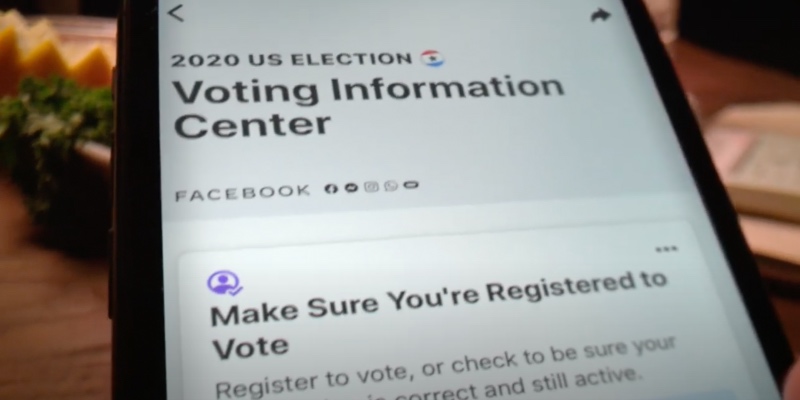Q for You
Be In The Know
- 8 Killer SEO Techniques to Double Your Search Traffic in 2020 [Infographic]
- 5-Year-Old Sends Baby Yoda Mascot to Keep California Firefighters Company
- PSA: Google Meet to limit meetings to 60 minutes on free plans September 30th
- Court Allows TikTok to Remain Available for Download in the US, Despite White House Executive Order
3 costly Google Ads mistakes brands make with Black Friday and Cyber Monday campaigns
What will holiday shopping look like this year? That’s the big question.
The day after Thanksgiving was once the embodiment of shopping chaos and huge deals. But department store giants like Walmart are already breaking out plans for something a bit different. Then, of course, there’s Cyber Monday, which may potentially see an incredible increase in online spending.
So to prep, Impact is shedding some light on 3 costly Google Ads mistakes brands make with Black Friday and Cyber Monday campaigns.
- You have a siloed strategy. Google Ads can be a crucial part of your strategy, but don’t let it be the only part. We’re talking about omni-channel strategies here. Cast a wider net with various channels rather than putting all your eggs in one basket. Set S.M.A.R.T. goals for each channel and allocate budget as well.
- You start too late and don’t spend enough leading up to Black Friday and Cyber Monday. Start training Google’s algorithm and make it work the way you want. If you just dump in a bunch of money for the large shopping events, you’re leaving a whole lot up to chance. Instead, run giveaways and promos in September and October and build up your funnel. These funnel filling tactics will then be amplified when you start increasing your spend for Q4’s big events.
- Testing ideas during the most expensive time of the year. Black Friday and Cyber Monday are like the Super Bowl of shopping. This means throughout the year, you can test copy, imagery, design, and audiences to find out what works best. Once you know what’s performing, use it as your strategy in the big game. Don’t practice during the game – prepare beforehand.
Read on for more questions you can use for informing your strategy.
Need an Extra Set of Hands?
We’ve heard folks call Google Ads overwhelming, confusing, and straight-up frustrating. We get it. So let our team of experts lend a hand cause we actually really like Google Ads. (We know, we’re weird.)

Explanations by Google Ads
If you work in Google Ads (or let’s face it any form of digital advertising), you know unexplained changes in performance can happen a lot. And unfortunately, there are times where you just don’t have an answer or don’t know how to diagnose it.
On a positive note, Google recognized this was a thing, so they are working on a solution. Insert Explanations. This tool has been in the beta testing phase since last year, but it’s currently available for manual CPC or eCPC Search campaigns. Explanations will allow you to “view the most likely reasons for impression, click, and cost changes with the click of a button.”
Visit Google to learn more about this potential tool!
Have you watched The Social Dilemma? If not, give it a watch. If so, here’s the next documentary to watch. It’s called The Great Hack. This 2-ish hour documentary explores the unsettling side of social media.
As marketers, we understand how hyper-targeted campaign strategies work on social. The Great Hack focuses on the reality of the Facebook-Cambridge Analytica data scandal showing how tech, consumer info, and data analysis have become a social experiment.
Check out the trailer if you’re interested.
 Watch
Watch
More Questions, More Answers
Every election year, there are tons of questions arising surrounding voting information. Some of these questions we ask time and time again, but they’re important nonetheless.
Facebook pushes its voter information and registration tools in this ad. Throughout the past few months Facebook has been finding ways of keeping people informed about how we can all prepare for the November 3rd election. Have you registered?
“Transparency may be the most disruptive and far-reaching innovation to come out of social media.”
Paul Gillin


